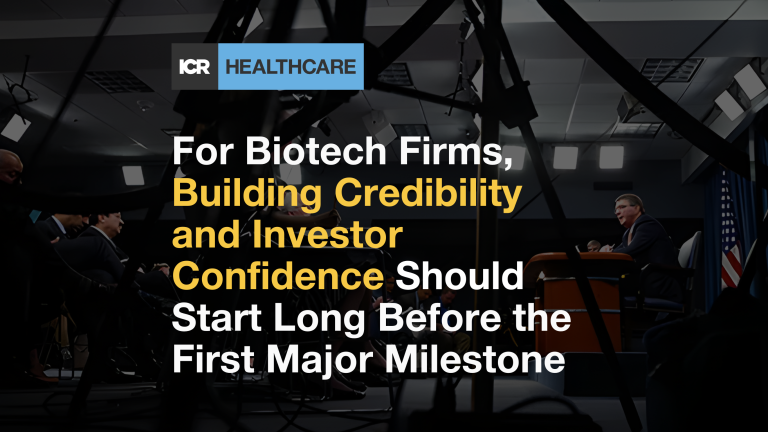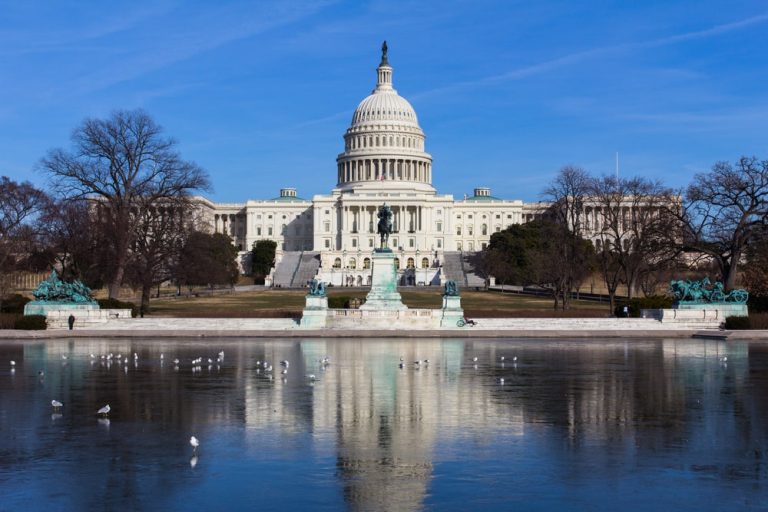Consilium Strategic Communications was once again pleased to join thousands of executives, investors, advisors and other stakeholders as they descended on San Francisco to meet and discuss the future of the healthcare industry at the annual J.P. Morgan Healthcare conference. The first major gathering of the new decade saw the streets surrounding Union Square quieter than usual by day, but lively as ever by night, as the numerous cocktail parties continued to prove popular amongst delegates.
Those expecting the conference to start with an M&A bang as in the previous two years were to be kept waiting however, the $1.1 billion buyout of dermatology biotech Dermira from Eli Lilly appeared to set the scene ahead of the conference, but there was little further activity on what has become known as ‘Merger Monday’. The announcement of Astellas’ partnership with Adaptimmune to develop allogeneic chimeric antigen receptor T-cell and T-cell receptor therapies was an outlier at a conference where the big pharma and biotech companies preferred to discuss their longer term R&D plans rather than their intentions for amassed cash reserves. Despite the lack of high profile deals, participants remarked that the prevailing mood was one of quiet optimism for the sector’s prospects in the coming year, but with a US election approaching, a sense that companies would need to move fast in the first half of the year to secure required capital before markets move into a state of “wait and see”.
Over the years JPM has served as an opportunity for startups to gain wider attention from the industry. This year the talk of the town was EQrx, a new biotech led by veteran biotech investor Alexis Borisy. With drug pricing high on the agenda both at the conference, and increasingly in Washington D.C., EQrx has raised $200m with a promise to create “equally good or better drugs” in existing categories occupied by patented drugs and sell them for a third of the price by drastically cutting the direct costs of drug development. Borisy wants the EQrx to come out with its first medicine in five years, and to have 10 drugs within a decade.
Once again, representatives of the healthcare sector traditionally served by this annual gathering were joined by a growing and increasingly influential number of technology companies, with some of the largest Silicon Valley companies, including Google and Salesforce, hosting events to talk about artificial intelligence and cloud computing in healthcare.
While the growing importance of tech in the wider healthcare sector is undisputed, this year there was greater debate surrounding the potential implications of its growing use, ranging from discussions regarding the definition of the term “digital health” – pointing out the differences in quality and approach between providers using the term, to concerns about the use of patient data, with Google’s vice president of health David Feinberg addressing concerns about patient privacy at a satellite event.
Whilst many complain about the jetlag, dark hotel meeting rooms, expensive costs and investor congestion, few who attended this year would argue against JP Morgan’s unique ability to gather a diverse industry, promote new ideas, raise important debates and allow the most efficient and highest quality kick-off to almost all healthcare companies’ annual IR and BD calendars.



